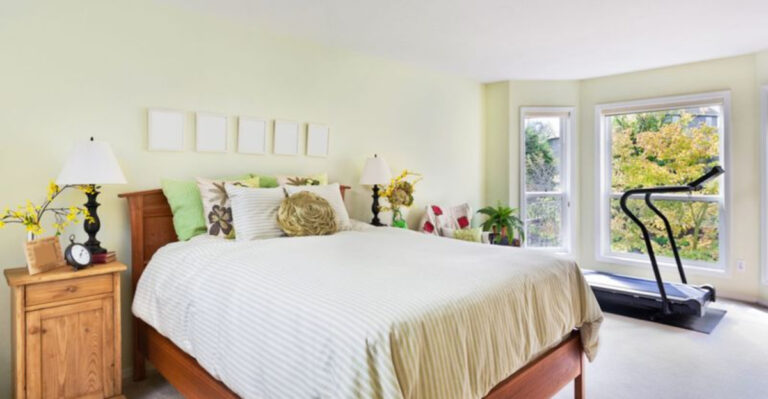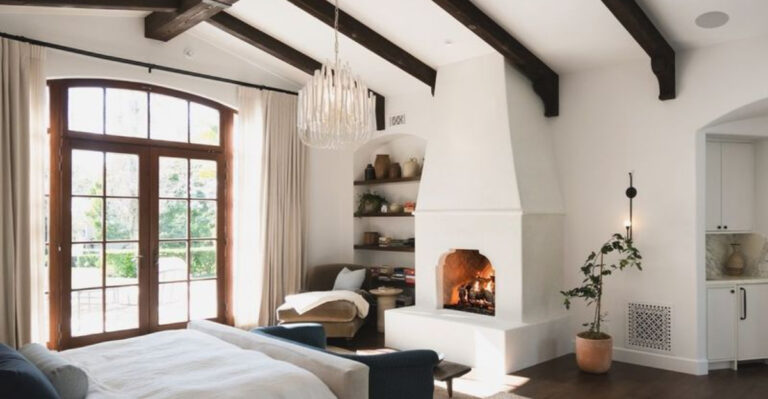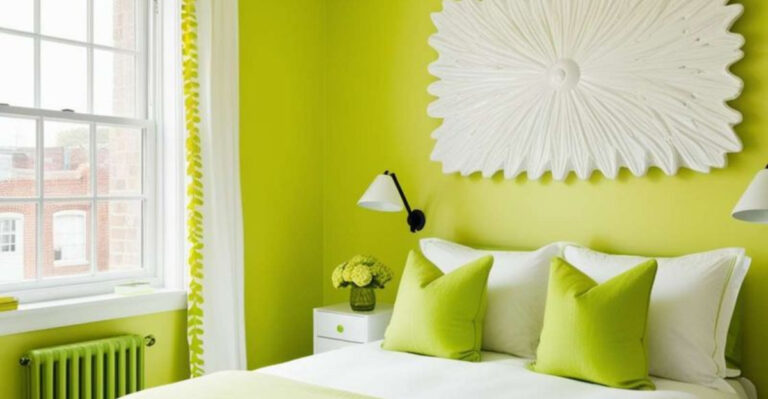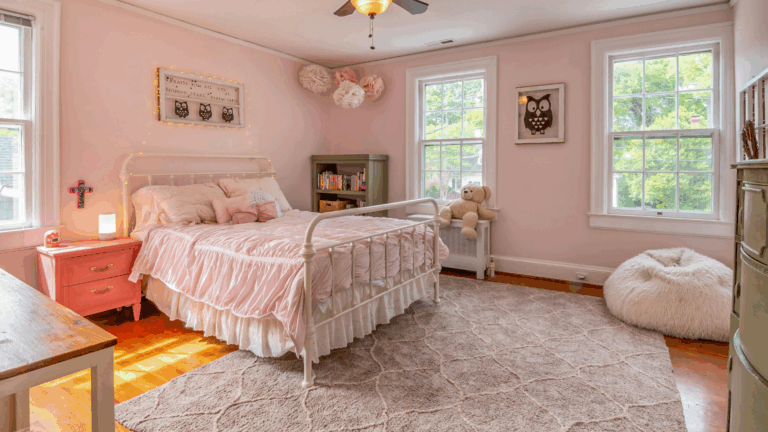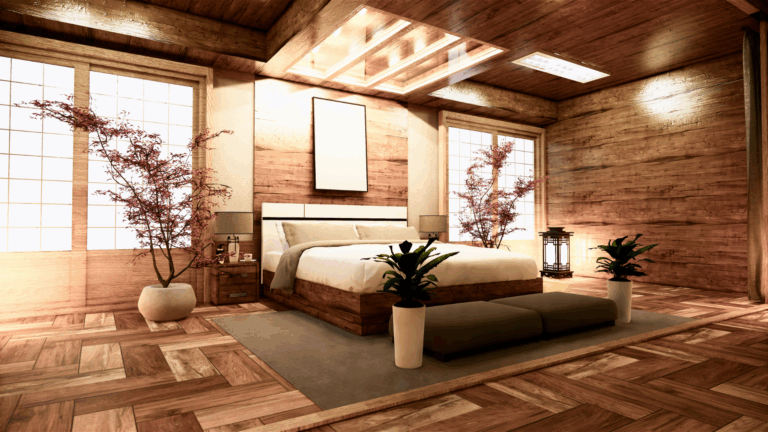15 Bedroom Design Errors Making It Really Hard For You To Relax
Your bedroom should be a sanctuary where stress melts away and sleep comes easily. Unfortunately, many of us unknowingly sabotage our relaxation with design choices that stimulate rather than soothe.
From lighting blunders to clutter catastrophes, these common bedroom mistakes can turn your sleep space into a zone of tension instead of tranquility.
1. Harsh or Overhead-Only Lighting

Imagine trying to wind down under what feels like interrogation room lighting. Bright ceiling fixtures cast unflattering shadows and signal to your brain it’s daytime – exactly what you don’t want before sleep.
Soft, layered lighting with bedside lamps, wall sconces, or even string lights creates a gentle atmosphere that helps your body transition to rest mode naturally.
2. Too Many Bold Patterns Competing
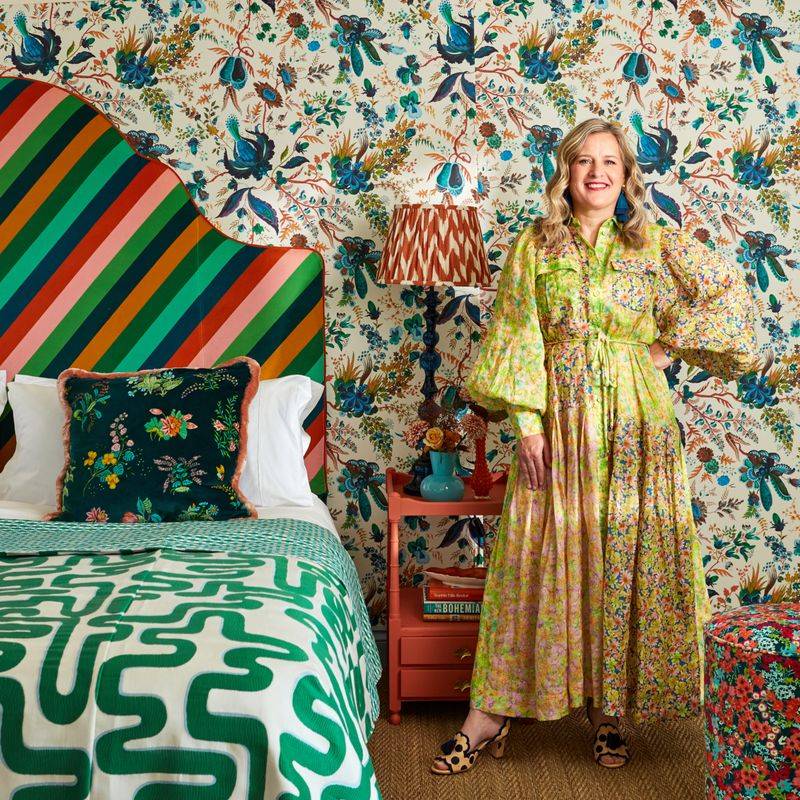
Walking into a visual battlefield of clashing patterns can make your eyes and brain work overtime. Zebra prints fighting with florals and geometric shapes create visual noise that keeps your mind buzzing.
Limit yourself to one statement pattern and complement it with solids or subtle textures. Your nervous system will thank you when it’s time to close your eyes.
3. Cluttered Nightstands and Surfaces
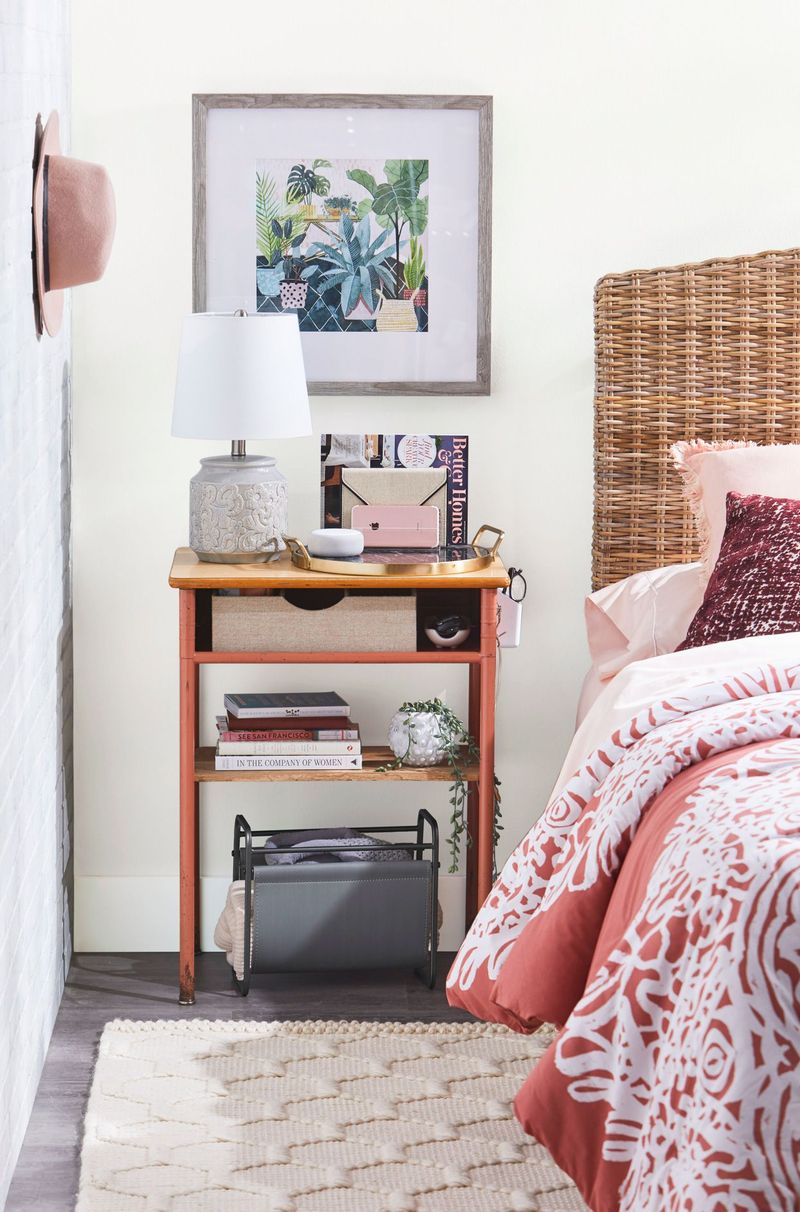
Piles of books, tangled chargers, empty water glasses, and random odds and ends create visual chaos right where you need calm the most. Every item in your line of sight demands a piece of your attention.
A minimalist approach to bedside surfaces signals to your brain that it’s time to rest, not sort through mental to-do lists triggered by surrounding clutter.
4. Lack of Window Treatments for Light Control
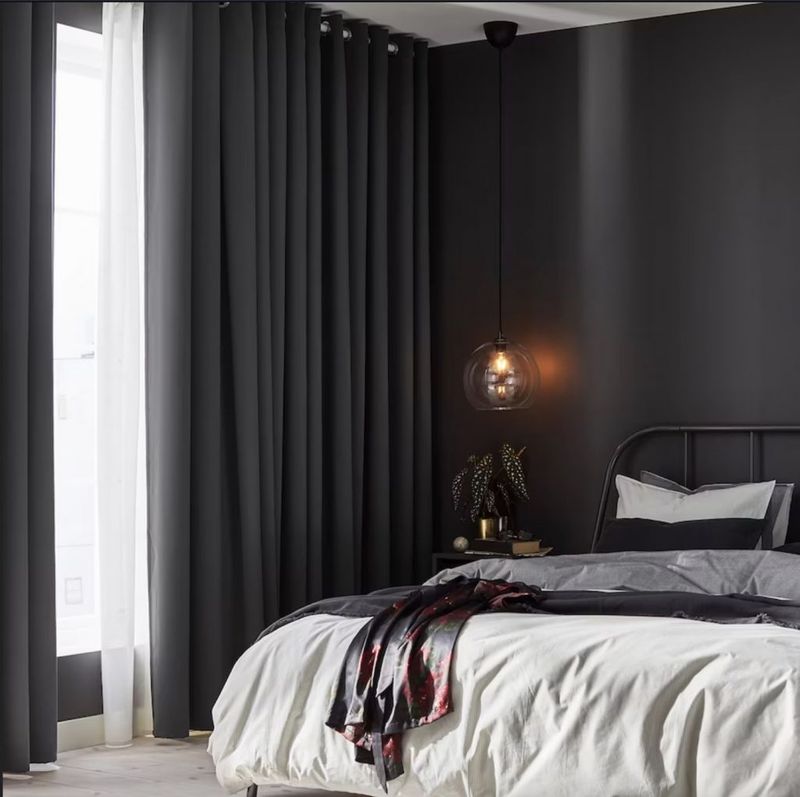
Morning sunshine might feel wonderful during breakfast, but that 5 AM summer sunrise streaming through naked windows disrupts your sleep cycle prematurely. Streetlights and passing car headlights can be equally disruptive.
Proper blackout curtains or layered window treatments allow you to control exactly how much light enters, protecting your precious sleep from unwanted illumination.
5. Uncomfortable or Oversized Furniture
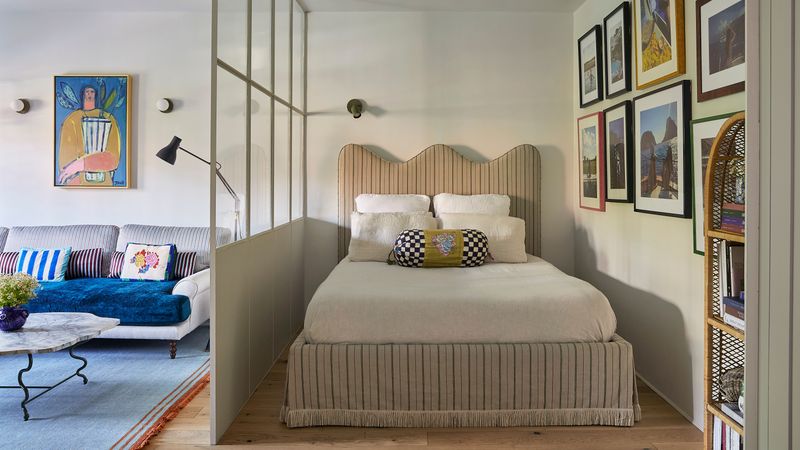
Squeezing that massive California king into your modest bedroom might seem luxurious, but cramped navigation around furniture triggers stress responses. Similarly, that gorgeous vintage chair that hurts your back isn’t doing you any favors.
Scale-appropriate, ergonomic furniture allows for easy movement and comfortable use. Physical comfort directly translates to mental relaxation in your sleep sanctuary.
6. Neglecting Soft Textures and Layers
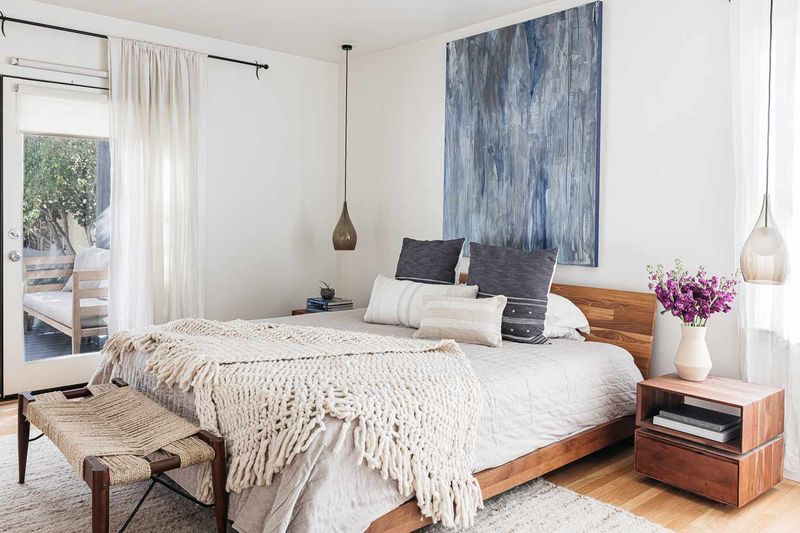
Rooms lacking textural variety often feel cold and uninviting, like sleeping in an office. Hard surfaces and stiff materials create an unconscious sense of rigidity that keeps you from fully unwinding.
Plush throws, velvet pillows, knitted blankets, and other touchable textures invite your body to sink in and relax. Multiple sensory pleasures signal to your brain that it’s safe to let go of the day’s tensions.
7. TVs or Screens Taking Center Stage

Mounting that 65-inch TV directly across from your bed might seem convenient for Netflix binges, but it’s sabotaging your sleep quality. Screens emit blue light that suppresses melatonin production and keeps your brain in active mode.
Consider relocating electronics or hiding them in cabinets when not in use. Your bedroom should visually prioritize rest rather than entertainment to set the right psychological stage for sleep.
8. Walls Painted in Overstimulating Colors
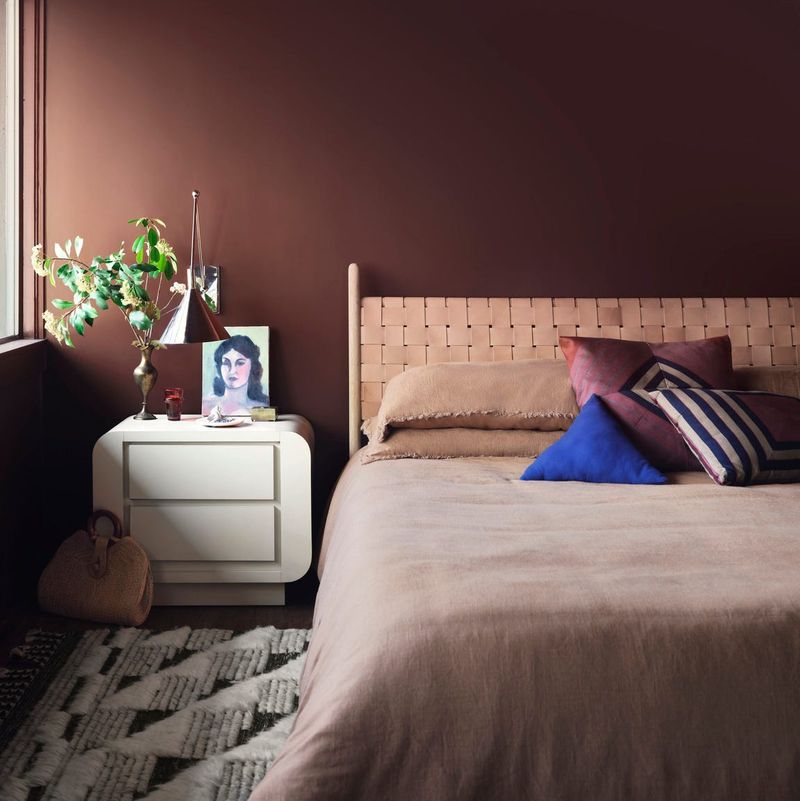
Vibrant reds, electric blues, and neon greens might showcase your personality, but they’re actively working against your relaxation goals. Psychologically stimulating colors keep your mind alert and engaged when you should be winding down.
Soft neutrals, gentle blues, muted greens, and other nature-inspired tones have been proven to lower blood pressure and heart rate. Color psychology matters tremendously in spaces dedicated to rest.
9. No Clear Focal Point or Visual Balance
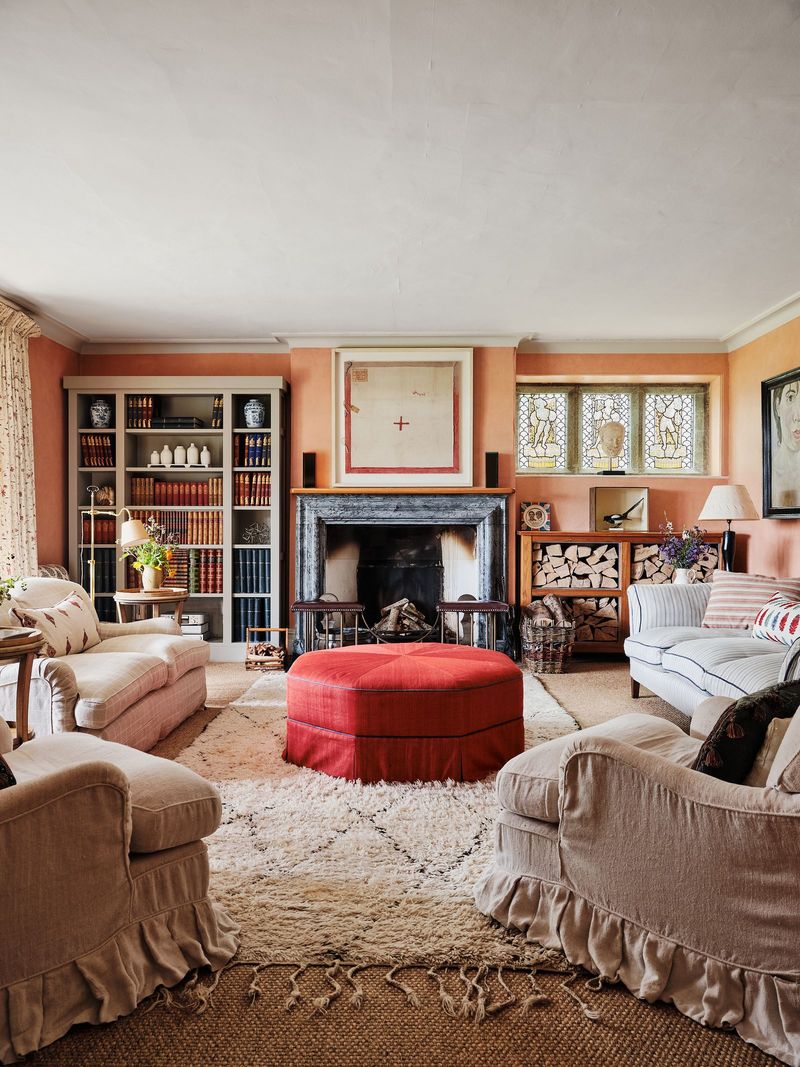
Random furniture placement and decorative elements scattered without intention create subconscious anxiety. Your brain continuously works to make sense of chaotic arrangements, preventing true relaxation.
A thoughtfully arranged room with a clear focal point (usually the bed) gives your mind visual rest. Balance doesn’t mean symmetry – it means intentional placement that feels harmonious rather than haphazard.
10. Poor Layout That Interrupts Flow
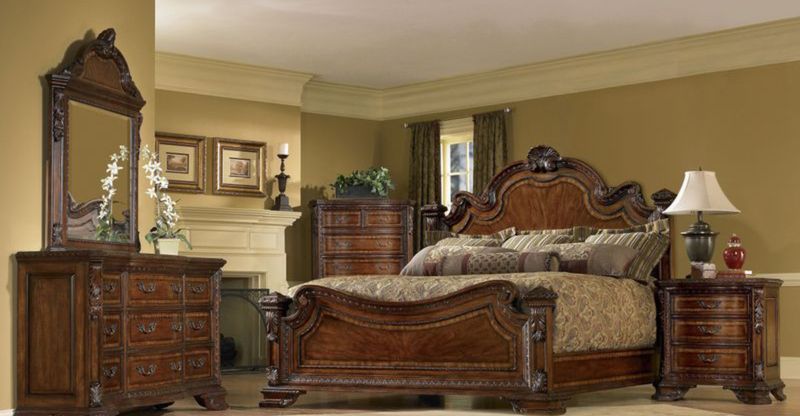
Constantly squeezing past furniture or bumping into corners creates micro-stress moments that accumulate. Physical obstacles translate to mental obstacles when trying to relax.
A well-designed bedroom allows for easy movement and natural traffic flow. Think about how you actually use the space daily and arrange furniture to support those patterns rather than fighting against your natural movements.
11. Skipping a Quality Mattress or Bedding

Pinching pennies on your mattress while splurging on decorative accents is a classic relaxation saboteur. No amount of aesthetic beauty can overcome the discomfort of an inadequate sleep surface.
Invest in the best quality mattress and bedding your budget allows. The tactile experience of climbing into bed should immediately signal comfort to your body and mind, not trigger awareness of lumps, scratchy fabrics, or overheating.
12. Ignoring Sound and Acoustics
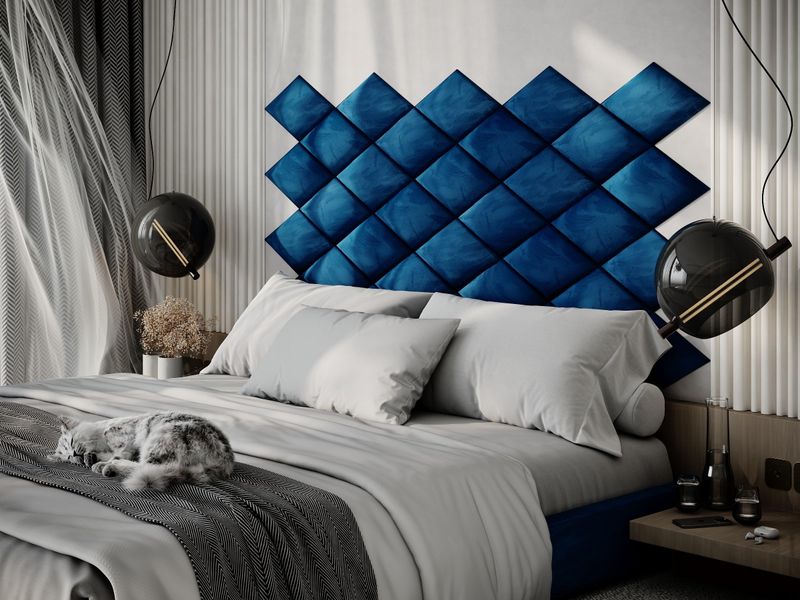
Hard surfaces bouncing noise around or thin walls letting in every neighbor conversation make deep relaxation nearly impossible. Sound disruptions trigger alertness in our primitive brains, keeping us in protection mode.
Soft furnishings like rugs, curtains, and upholstered headboards absorb sound waves. Consider white noise machines or sound insulation strategies if external noise is a persistent issue in your sleep environment.
13. Lack of Personal, Calming Touches

Cookie-cutter bedrooms that could belong to anyone lack the emotional comfort that truly personal spaces provide. Without meaningful elements, your bedroom remains functional but misses the emotional resonance needed for deep relaxation.
Incorporate items that genuinely speak to you – whether that’s nature photography, family mementos, or objects from meaningful travels. Personal touches create psychological safety that enables true unwinding.
14. Forgetting to Hide Cords and Clutter
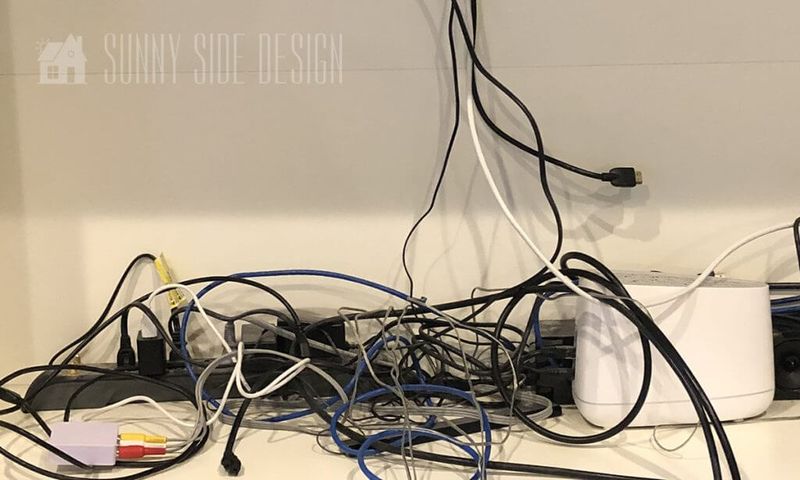
Visible tangles of charging cables and electronic clutter create visual noise that your brain automatically tries to organize. Each visible cord represents a connection to devices that demand your attention and energy.
Simple cord management solutions and thoughtful storage options keep technology accessible but not visually dominant. Out of sight often means out of mind when it comes to relaxation disruptions.
15. Too Much Decor That Overwhelms the Space
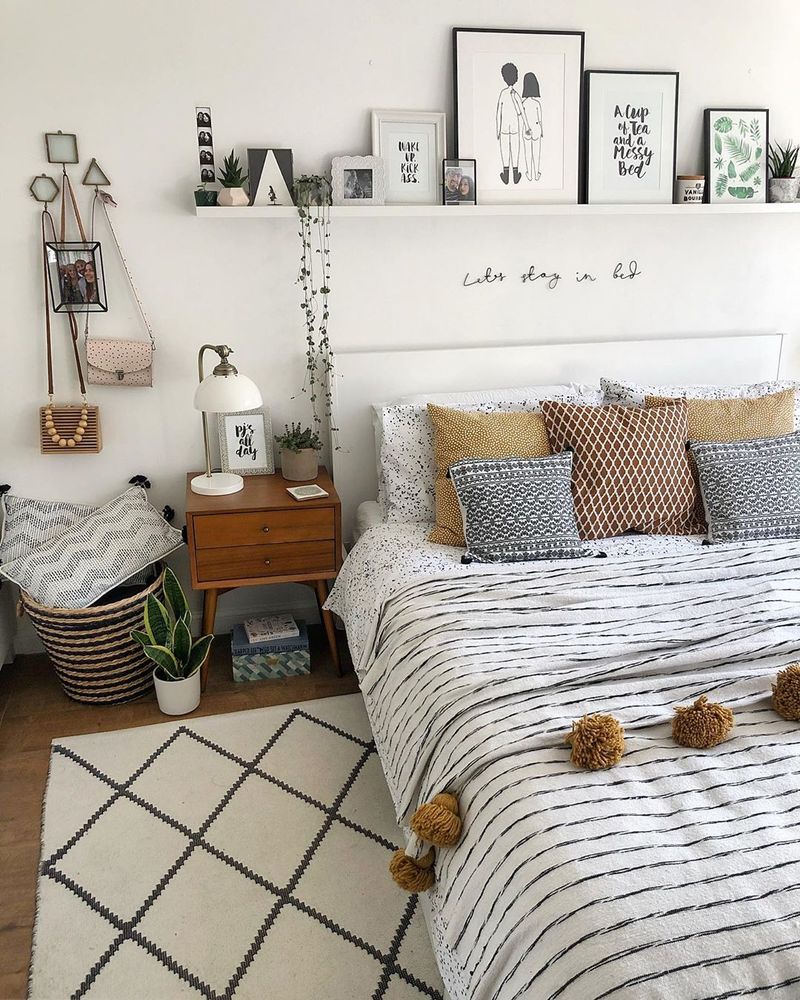
Overzealous decorating with too many knickknacks, pillows, and wall hangings creates visual overload. Each decorative item demands a small piece of your attention, making it difficult for your mind to fully power down.
Select fewer, more meaningful items rather than filling every surface. Intentional negative space gives your eyes and mind places to rest, creating the visual breathing room necessary for true relaxation.


